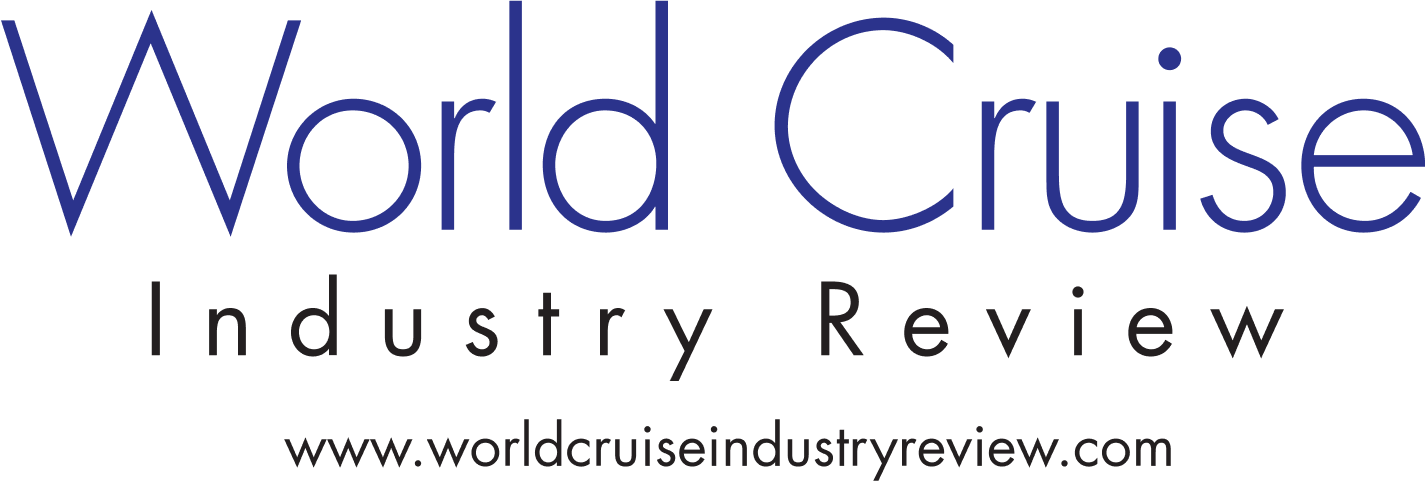Leveraging modern web technologies, the innovative user interface provides a new experience in controlling and monitoring a vessel’s machinery systems. Built on the latest web standards, it also enables monitoring from mobile or handheld devices. Combined with role-based user access features, it allows both the crew on board and the owner’s supervisors on shore to get exactly the information they need from the controlled and monitored systems.
“The new user interface enables all users to collaborate regardless of their physical location on board or on shore. Using mobile and handheld devices, the interface moves with the users anywhere they go and provides access to system monitoring tasks. Web-based technology represents a modern and state-of-the-art way of designing a user interface. It simplifies the integration between the automation system and the external systems – and provides better accessibility to monitoring and reporting functions on board and on shore,” says John Weierud, Director, Marine Automation, Valmet.

Valmet DNA User Interface delivers relevant information in visual, well-structured, easy-to-understand dashboards, key parameter overviews, process and subprocess views.
Inbuilt technical security controls and cybersecurity functions protect the automation network and the host computers against threats. The system can be accessed via a controlled web browser over secure HTTPS communication.
Relevant information based on different user group needs
“We have studied the user experience in process control, starting from ergonomic requirements to usability and collaborative tools. Today, more data is available than ever before. But at the same time, there are fewer operators. To enhance operation, the automation system needs to be readily available to perform the actions required by various operators. Also, process information is required outside the traditional control rooms. One focus on developing the new user interface has been to provide a good view of relevant information. That’s why we created different information levels,” explains Lars Edin Svaasand, Product and Development Manager, Marine, Valmet.
Role-based user access ensures that the automation system offers each user information that is meaningful to his or her role and tasks. Instead of pre-engineered content, the automation system allows the user to compose relevant information content and share it with other users. Each user can have customized page hierarchies and displays based on his or her own role – such as an operator in the control room, officers at wheelhouse, a supervisor or any other role. The different information levels allow operators to have easy access to important equipment or supervisors to access top-level trend information.
The most relevant process information is always readily available. Arranging different page styles and types of information on different hierarchy levels provides the user with a top-down view to all process information. This improves the system status perception and leads to better situational awareness and user experience.
“We can build the control room workstations with different levels of information, overviews, monitoring and controlling analyses, detailed process data, along with operational, supportive and diagnostic information,” John Weierud adds.
Valmet DNA UI presents the process in a very user-oriented way by color selection and graphic design according to modern design principles. Relevant information is delivered in visual, well-structured, easy-to-understand dashboards, key parameter overviews, process and subprocess views.
The new user interface can be delivered as an upgrade to existing Valmet DNA automation systems. Vessel owners can unlock the benefits of the new user interface with an upgrade rather than a full system retrofit.
For further information, please contact:
Per Syvertsen, Manager, Sales Support, Marine Automation, Valmet, tel. +47 3330 5660.

